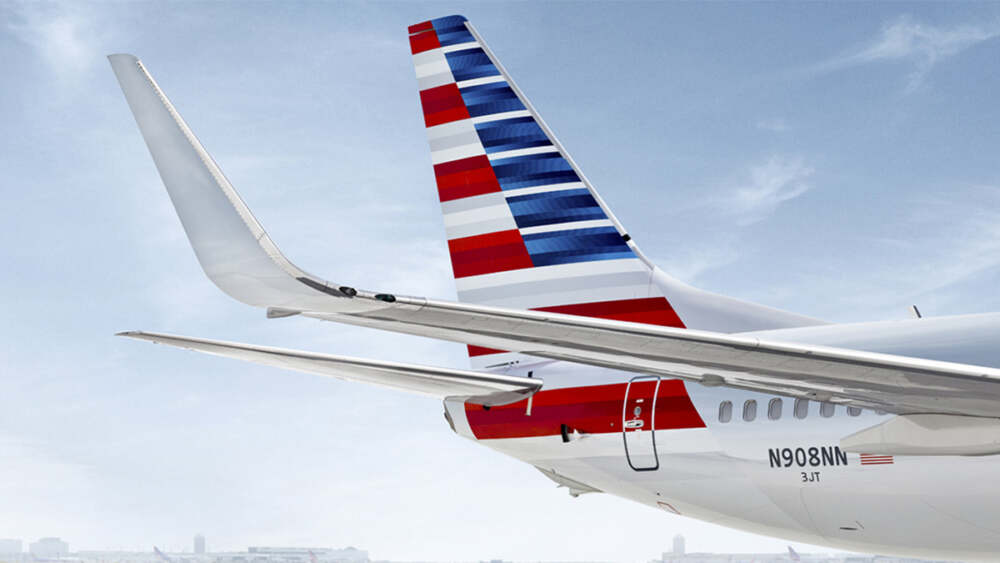Nat Pieper’s appointment as oneworld CEO signals a new era of collaboration, efficiency, and international expansion
American Airlines, one of the largest carriers in the world, is quietly recalibrating its global footprint under the guidance of newly appointed oneworld Alliance CEO, Nathaniel “Nat” Pieper. The strategic move, though centered around alliance leadership, carries deep implications for the airline’s global partnerships, competitiveness, and passenger experience in a rapidly changing aviation landscape.
A Leadership Shift at a Critical Time
Nat Pieper, a respected aviation executive with decades of experience in fleet management, finance, and global partnerships, has officially assumed the helm of the oneworld Alliance. His appointment comes at a moment when global airlines are grappling with post-pandemic recovery, geopolitical disruptions, and sustainability mandates.
American Airlines — a founding member of oneworld — views Pieper’s leadership as pivotal to the alliance’s next chapter. The airline’s chief executive described the appointment as “an opportunity to modernize the alliance model and deliver a seamless global experience to customers.”
Pieper’s previous tenure at a leading U.S. carrier, where he oversaw fleet strategy and financial operations, gives him a unique vantage point to balance operational efficiency with customer value — a balance increasingly vital in today’s volatile airline market.
The Evolution of Airline Alliances
Airline alliances like oneworld, Star Alliance, and SkyTeam emerged in the late 1990s as a way for carriers to expand global reach without the costs of establishing new hubs in foreign markets. Through shared lounges, coordinated schedules, reciprocal frequent-flyer benefits, and joint marketing, alliances allowed airlines to compete on an international scale.
However, the past decade has tested the alliance model. The rise of low-cost carriers, regional partnerships, and airline joint ventures has challenged traditional alliance structures. Some analysts have questioned whether alliances can remain relevant in a world dominated by bilateral deals and ultra-long-haul routes operated by individual carriers.
Pieper’s appointment represents an effort to revitalize the alliance concept — and American Airlines stands to be one of its main beneficiaries.
What’s at Stake for American Airlines
For American Airlines, the alliance’s transformation is far from symbolic. The carrier has faced mounting competition both domestically and abroad, particularly from Delta Air Lines and United Airlines, which have leveraged their respective alliances to strengthen transatlantic and transpacific networks.
American, meanwhile, has been working to regain market share, rebuild consumer trust after years of operational disruptions, and modernize its fleet. Strengthening its alliance connections gives it a critical edge.
1. Expanded Global Reach
Through oneworld, American Airlines has access to over 900 destinations across 170 countries. Under Pieper’s leadership, the alliance aims to streamline scheduling, allowing more convenient connections between American’s domestic network and international partners such as Japan Airlines, British Airways, and Qatar Airways.
2. Seamless Customer Experience
A key focus will be enhancing the travel experience for frequent flyers. The AAdvantage program is expected to integrate more closely with partner airlines, allowing members to earn and redeem miles more flexibly. Pieper has emphasized digital transformation — meaning passengers could soon see unified booking platforms, real-time baggage tracking, and consistent lounge experiences across alliance members.
3. Cost Efficiency and Shared Resources
Pieper’s financial background suggests an increased focus on efficiency. Shared procurement for aircraft parts, technology, and sustainability projects could yield significant cost savings. Joint investments in SAF (Sustainable Aviation Fuel) and digital systems could also align with regulatory expectations and environmental goals.
4. Renewed Competitive Strategy
In an era where Gulf carriers dominate premium long-haul travel and budget airlines capture leisure markets, American’s participation in a reinvigorated oneworld Alliance could offer a middle ground — providing premium service, strong global connectivity, and better operational stability.
Challenges Ahead
Despite the optimism, several challenges could complicate American’s alliance ambitions.
Fragmented Membership Priorities
The oneworld Alliance includes more than a dozen major carriers, from flagship airlines like Qantas and British Airways to regional players such as SriLankan Airlines. Aligning the strategic and commercial priorities of these diverse members is no small task. Each carrier faces unique regulatory conditions, economic realities, and competitive pressures.
Technological Integration
One of the most persistent barriers to a unified passenger experience is technology. Many alliance members still operate on legacy IT systems that make it difficult to synchronize real-time flight data, ticketing, and loyalty information. Pieper’s success may hinge on how effectively he can modernize and standardize these systems without massive disruptions.
Economic and Geopolitical Uncertainty
Air travel demand remains strong, but the global economy is fragile. Rising oil prices, labor disputes, and ongoing geopolitical tensions could affect international travel flows. For American Airlines — with significant exposure to transatlantic and Latin American routes — volatility in these regions poses real risks.
Sustainability Pressures
Environmental sustainability is another growing challenge. Regulators in Europe and North America are tightening emissions standards, while investors and consumers demand transparency on climate impact. The alliance’s commitment to collective carbon-reduction goals may require substantial investment from American Airlines and its partners.
The Bigger Picture: A Reimagined Future for Global Travel
American Airlines’ renewed engagement with the oneworld Alliance is not just about competitive advantage — it reflects the changing face of air travel.
Modern travellers expect seamless, technology-driven experiences across borders. Business passengers want loyalty programs that work globally, while leisure travellers crave affordability without sacrificing service. The next generation of airline alliances will likely resemble digital ecosystems — sharing data, operational resources, and customer insights to deliver truly global mobility.
Pieper’s leadership could make oneworld the prototype for that evolution. By leveraging artificial intelligence, automation, and predictive analytics, alliance members could reduce delays, optimise crew scheduling, and enhance customer satisfaction at scale.
American Airlines, in turn, could use this transformation to solidify its identity as a global network carrier rooted in technological innovation and environmental responsibility.
Expert Perspectives
Aviation analysts suggest that the renewed focus on alliances is a strategic necessity, not merely an option. With high interest rates squeezing airlines’ balance sheets and aircraft delivery delays constraining growth, partnerships have become a lifeline for expanding reach without heavy capital investment.
“American Airlines can’t build every route on its own,” one industry expert noted. “But through a revitalized oneworld Alliance, it can act globally — with far less risk and cost.”
Others point out that deeper alliance cooperation could pave the way for new revenue models, such as shared digital retailing platforms or unified corporate travel programs — initiatives that could redefine how airlines generate profit beyond ticket sales.
Looking Ahead
In the coming year, observers will be watching for tangible outcomes from Pieper’s appointment. These may include:
- The rollout of new joint ventures or codeshare agreements.
- Improved synchronization of schedules among alliance partners.
- Enhanced digital services for frequent flyers.
- Expansion of joint sustainability projects across alliance members.
If American Airlines can align its strategy with the alliance’s broader ambitions, it could strengthen its international relevance and stabilize revenue streams amid uncertain economic conditions.
Conclusion
American Airlines’ renewed commitment to alliance integration, under Nat Pieper’s leadership at oneworld, represents both a return to fundamentals and a bold step into the future. The move underscores the airline’s recognition that global cooperation — not competition alone — will define the next era of aviation.
As oneworld repositions itself as a digitally connected, sustainability-focused alliance, American Airlines has the chance to emerge as one of the world’s most globally integrated carriers — agile enough to weather economic turbulence and visionary enough to redefine international air travel.
The skies ahead are competitive, but with the right leadership and collaboration, American Airlines could find its strongest tailwinds yet.
















Leave a Reply